Architectural Echoes: Parisian Ruins and Wonders
Embark on a free walking tour exploring Paris's stunning architecture and intriguing abandoned places, revealing a captivating history beneath the surface.
Time
3 Hours
Stops
9 Places
Distance
9.3 km
Palais Garnier
Begin your tour at the stunning Palais Garnier, an architectural masterpiece of the Beaux-Arts style and a symbol of Parisian opulence.
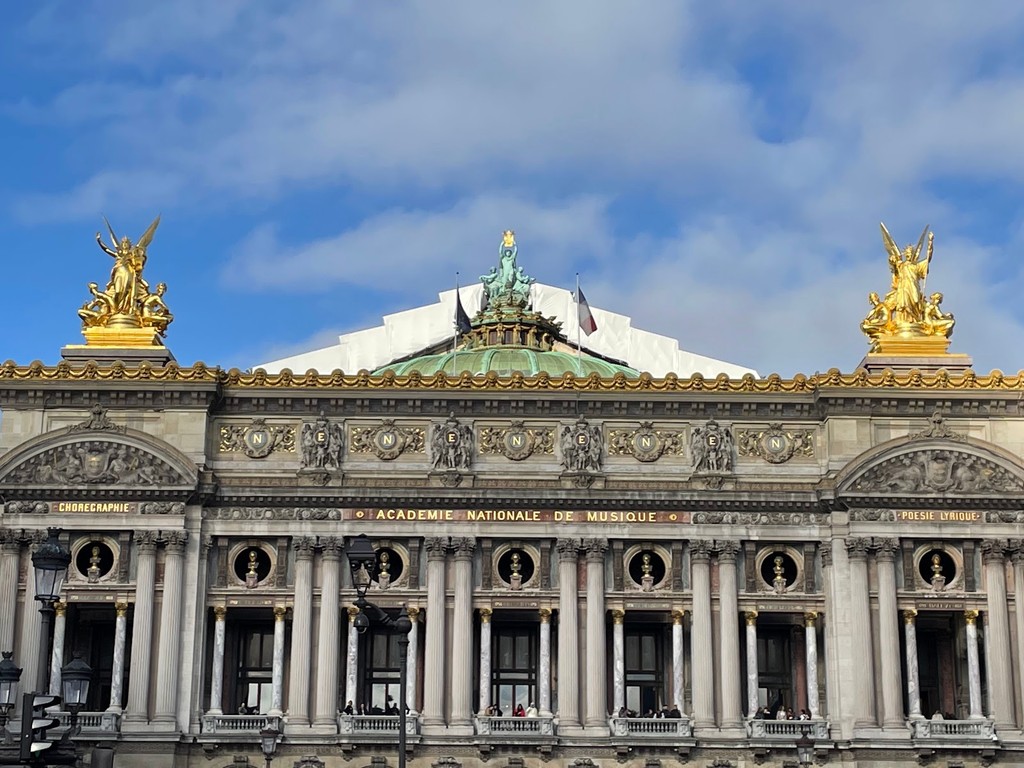
Palais Garnier (Source: Google Maps)
The Palais Garnier, completed in 1875, is a monumental opera house and a prime example of Beaux-Arts architecture. Designed by Charles Garnier, this opulent structure features a grand staircase, a stunning chandelier, and an ornate ceiling painted by Marc Chagall. It symbolizes the cultural richness of Paris and is renowned for its lavish interiors, including the grand foyer and the marble grand staircase. The opera house has hosted numerous famous performances and remains a cultural icon, attracting millions of visitors each year. Its architectural grandeur and historical significance make it a must-see landmark in Paris.
La Madeleine
Just a short walk away, discover the grandeur of La Madeleine, a neoclassical church that resembles a Roman temple, showcasing Parisian architectural elegance.
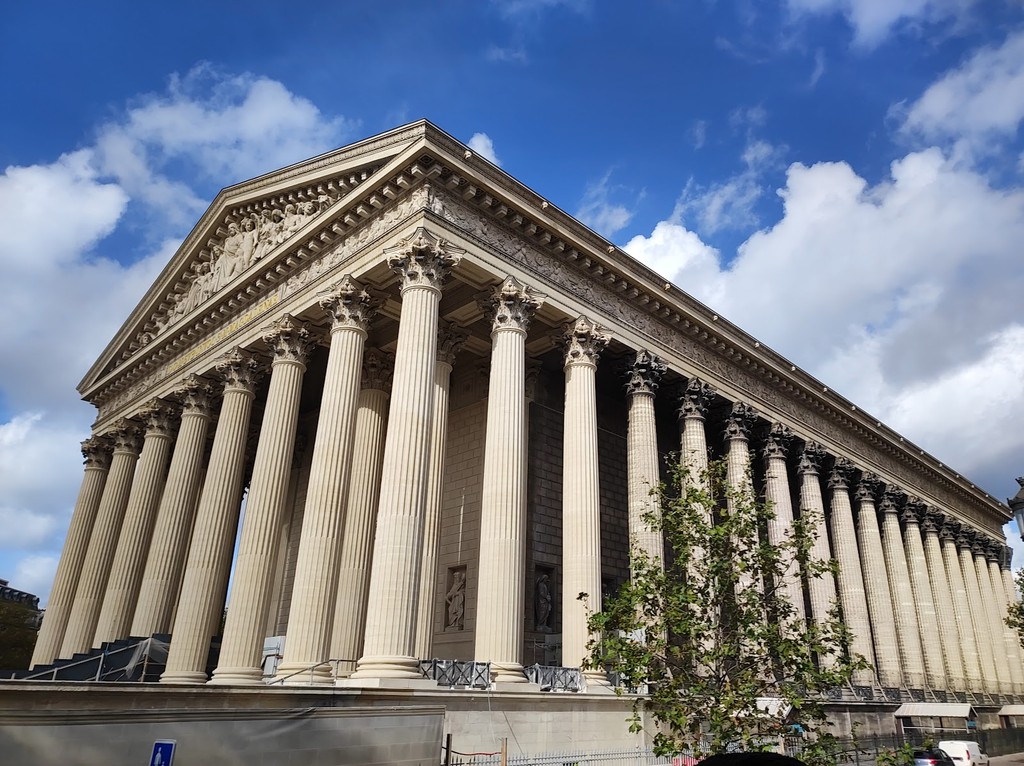
La Madeleine (Source: Google Maps)
La Madeleine, officially known as L'Église de la Madeleine, is a neoclassical church designed by architect Pierre-Alexandre Vignon. Completed in 1842, it stands on a site that has seen various religious structures since the 12th century. Its exterior resembles a Roman temple, with 52 Corinthian columns and a pediment adorned with sculptures. The church is not just an architectural marvel; it also holds cultural significance as a place of worship and reflection. Inside, visitors can admire the beautiful altar and stunning frescoes that depict biblical scenes. La Madeleine is a testament to Paris's architectural elegance and a symbol of its historical evolution.
Palais-Royal Gardens
Stroll through the serene Palais-Royal Gardens, a historical site with beautiful arcades and a hint of Parisian aristocracy.

Palais-Royal Gardens (Source: Google Maps)
The Palais-Royal Gardens, established in the 17th century, were originally the private gardens of Cardinal Richelieu. This serene space features harmonious symmetry, beautiful flowerbeds, and iconic black-and-white striped columns known as Buren's Columns. The gardens offer a peaceful retreat from the bustling city, surrounded by elegant arcades housing cafes and boutiques. Historically, the Palais-Royal was a center of political intrigue and cultural activity, hosting salons and gatherings of influential figures. Today, it remains a vital part of Parisian life, blending history with modern artistic expression in its gardens and surrounding architecture.
Square de la Tour Saint-Jacques
Visit the Square de la Tour Saint-Jacques, where the Gothic tower stands as a solitary reminder of a once grand church, now a quiet spot amidst the city.
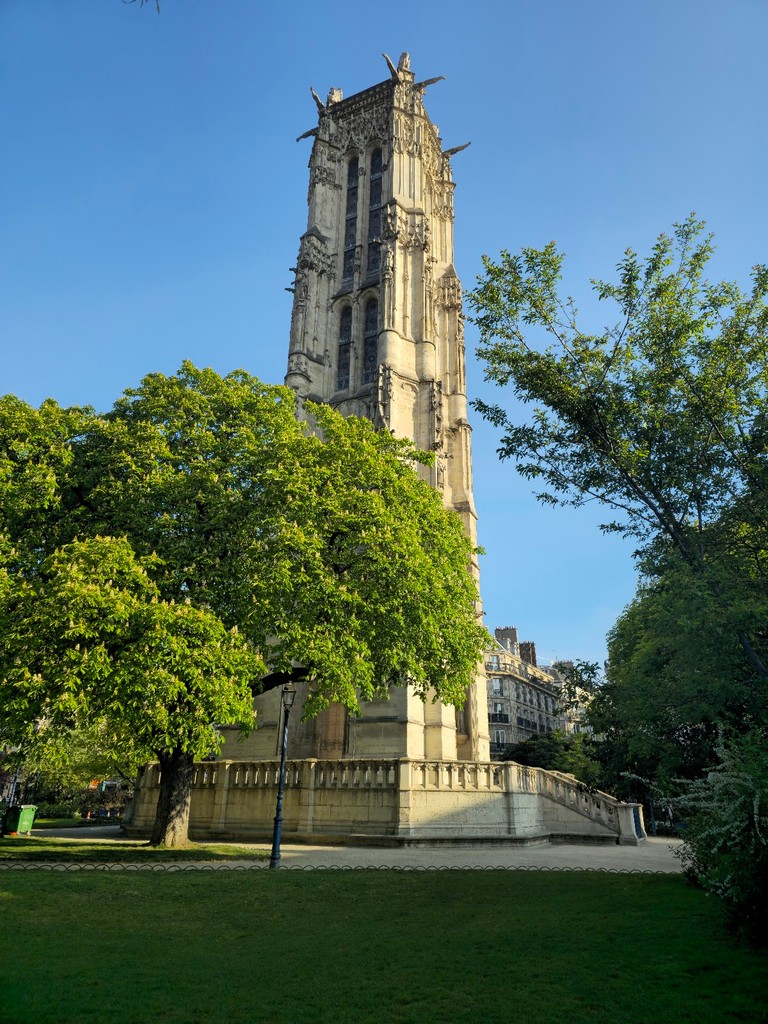
Square de la Tour Saint-Jacques (Source: Google Maps)
The Square de la Tour Saint-Jacques is home to the impressive Gothic tower, a remnant of the 16th-century Church of Saint-Jacques-la-Boucherie. Standing at 52 meters, the tower was once part of a larger church that was demolished during the Revolution. Its intricate stone carvings and gargoyles reflect the architectural style of the period. The square surrounding the tower serves as a peaceful oasis in the city, offering a glimpse into Paris's rich history. The tower has been a witness to significant events, including the bell ringing that announced the arrival of the Revolution. Today, it stands as a historical landmark and a popular spot for both locals and tourists.
Rue des Degrés
Explore Rue des Degrés, the shortest street in Paris, which has a unique charm and a sense of forgotten history.
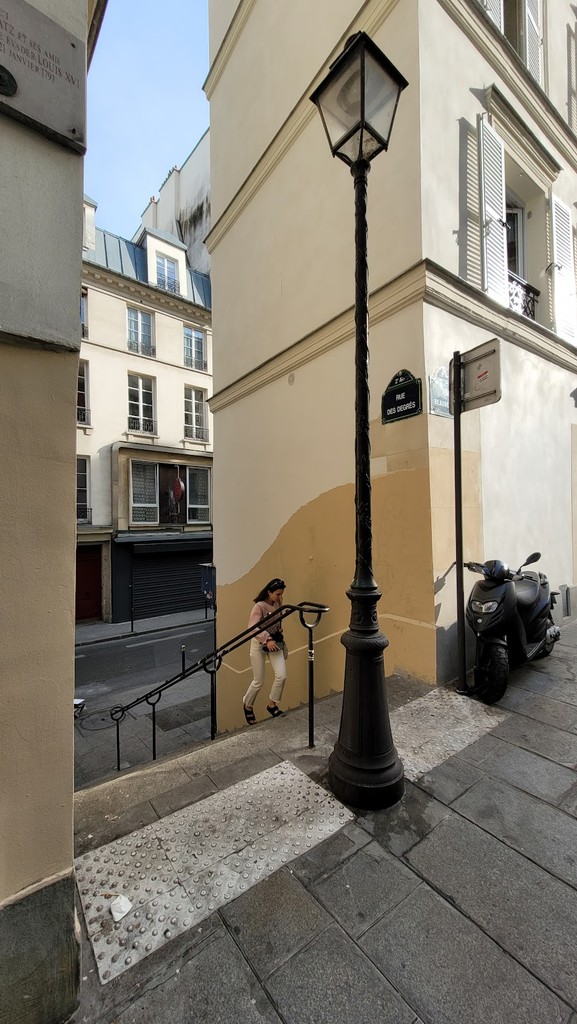
Rue des Degrés (Source: Google Maps)
Rue des Degrés is known as the shortest street in Paris, measuring just 5.75 meters long. Nestled in the 2nd arrondissement, it boasts a unique charm that captures the essence of the city's hidden gems. This quaint street is lined with historical buildings and offers a glimpse into the everyday life of Parisians. Its name, meaning 'Stairs Street,' refers to the staircase leading down to the street, adding to its distinct character. Historically, Rue des Degrés has witnessed the evolution of the city, with stories embedded in its walls. It’s a reminder of Paris's rich past and the layers of history that define its urban landscape.
Passage Brady
Discover Passage Brady, an atmospheric covered arcade that offers a glimpse into the vibrant multicultural side of Paris.
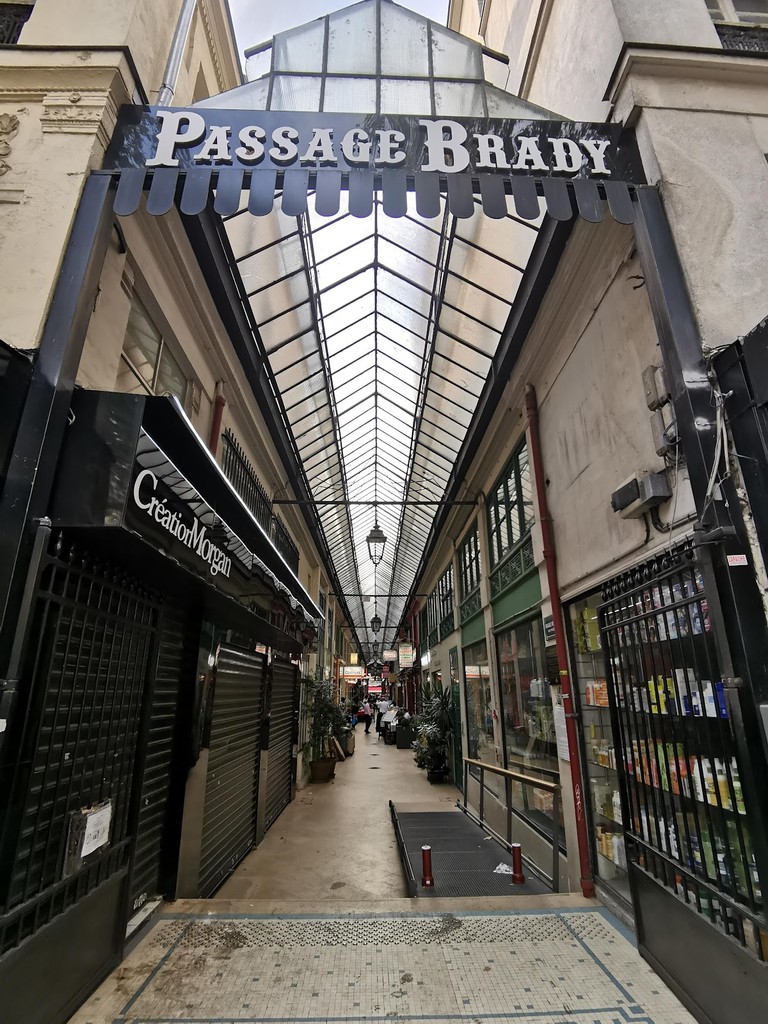
Passage Brady (Source: Google Maps)
Passage Brady, built in the 19th century, is a covered arcade that showcases the multicultural fabric of Paris. This vibrant passage is lined with shops, restaurants, and cafés, reflecting a blend of cultures and cuisines. Its architecture features glass roofs and decorative elements that invite visitors to explore its unique atmosphere. Historically, Passage Brady has been a hub for immigrants, particularly from South Asia, contributing to its diverse culinary offerings. The passage is not only a shopping destination but also a cultural experience, where visitors can enjoy traditional dishes and discover the rich tapestry of Paris's immigrant communities.
Le Louxor - Palais du Cinéma
Head to Le Louxor, an art deco cinema with a rich history, offering a glimpse into the cultural past of Paris.
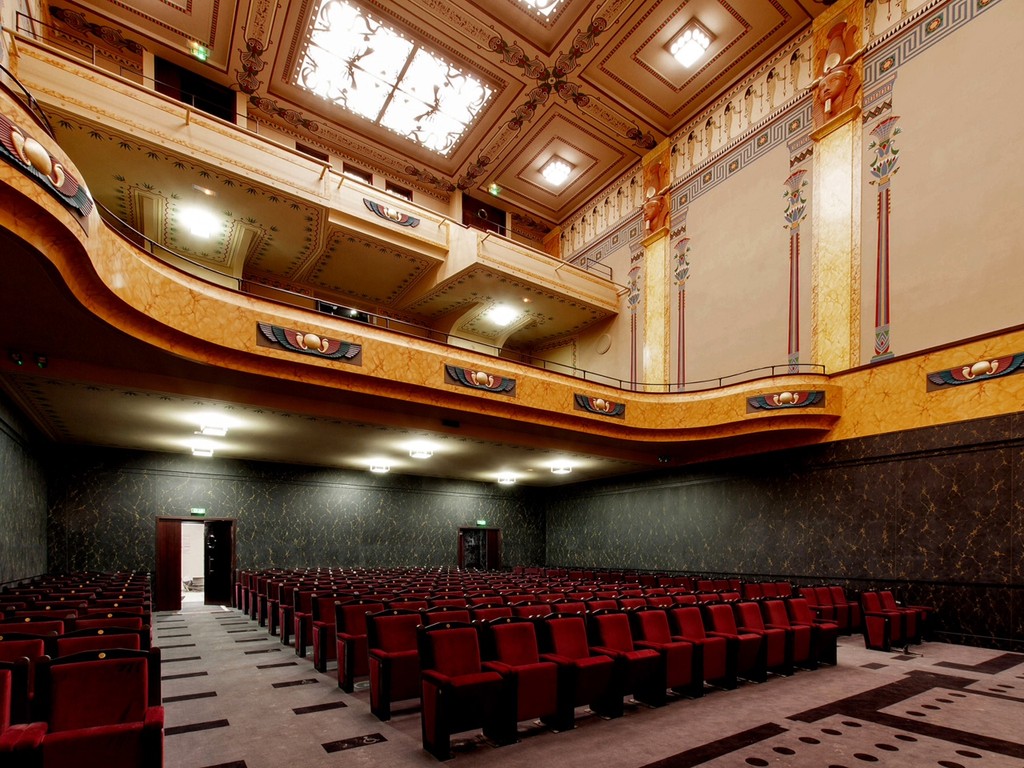
Le Louxor - Palais du Cinéma (Source: Google Maps)
Le Louxor, an iconic art deco cinema, was inaugurated in 1921 and has been a significant cultural venue in Paris. Its striking façade, adorned with Egyptian motifs, reflects the fascination with ancient Egypt during the early 20th century. The cinema has played a pivotal role in Parisian cultural life, hosting film screenings and events that celebrate the art of cinema. After a period of decline, it was renovated and reopened in 2013, restoring its former glory. Today, Le Louxor continues to attract film enthusiasts and visitors, offering a glimpse into the cinematic history of Paris while showcasing contemporary films in a beautifully restored setting.
La Recyclerie
Enjoy a break at La Recyclerie, a unique café and cultural space located in a repurposed train station, perfect for those interested in sustainable living and community vibes.
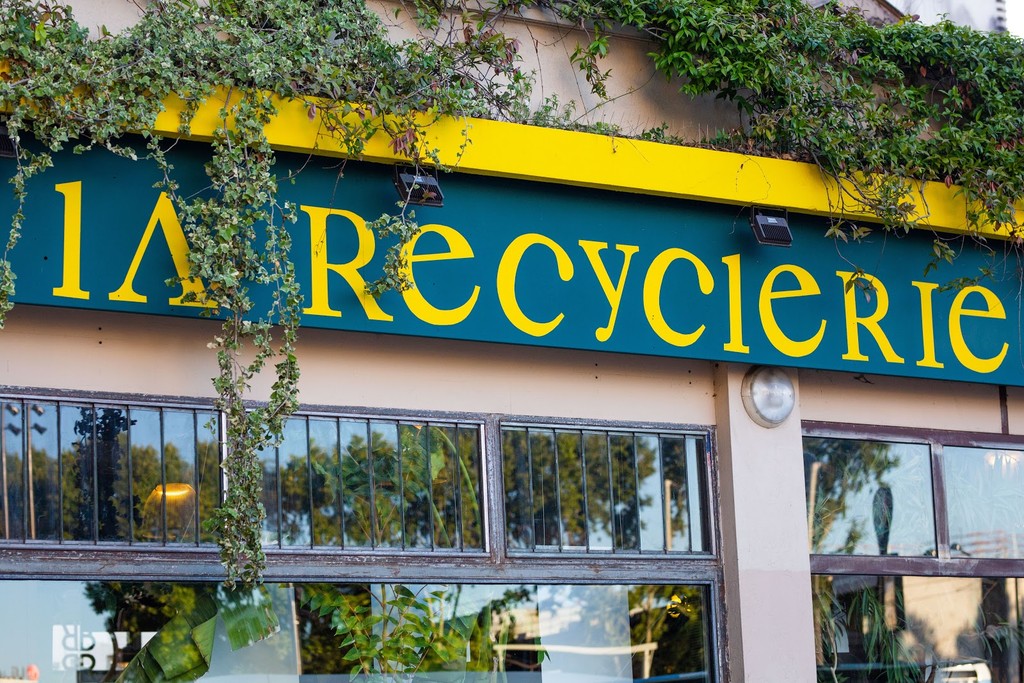
La Recyclerie (Source: Google Maps)
Saint-Ouen Flea Market (Marché aux Puces de Saint-Ouen)
Conclude your tour at the famous Saint-Ouen Flea Market, where you can explore a treasure trove of antiques and vintage finds, capturing the essence of Parisian history and culture.
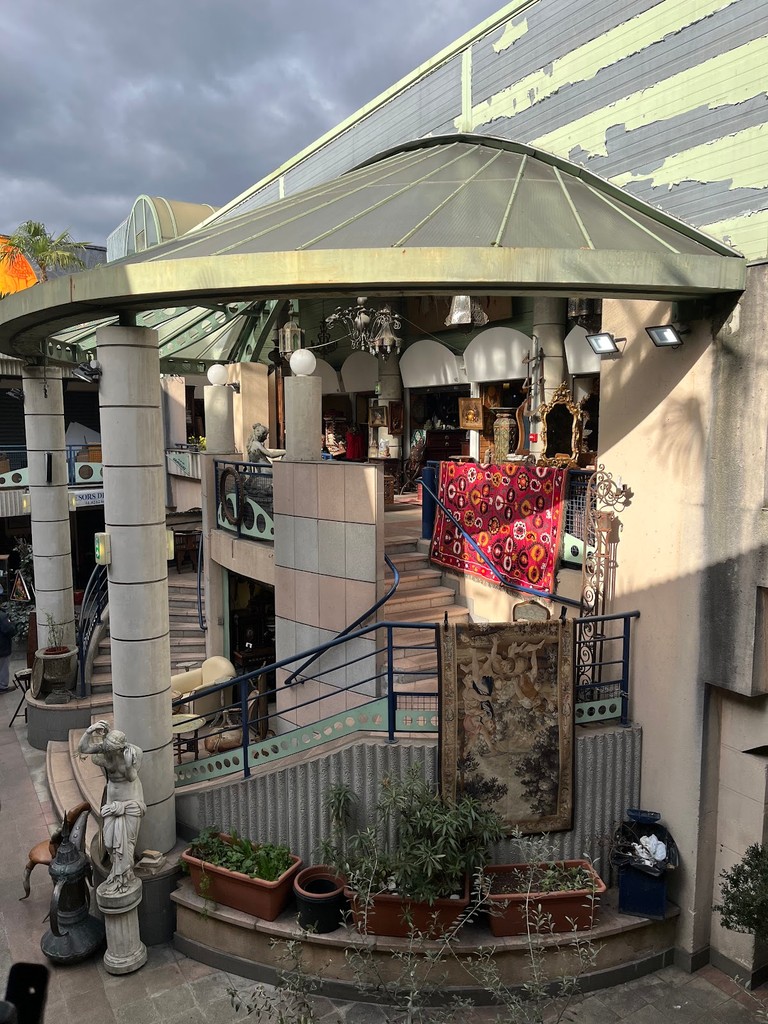
Saint-Ouen Flea Market (Marché aux Puces de Saint-Ouen) (Source: Google Maps)
The Saint-Ouen Flea Market, one of the largest antique markets in the world, is a vibrant treasure trove of vintage finds and historical artifacts. Established in the 19th century, it spans several hectares and features hundreds of vendors selling everything from antique furniture to rare collectibles. The market's eclectic atmosphere draws both locals and tourists, making it a must-visit destination for those seeking unique souvenirs. It reflects the artistic spirit of Paris, where history and creativity intertwine. The market has become a cultural landmark, showcasing the city's rich heritage and offering a glimpse into the past through its myriad of offerings.

Your travels, your rules.
Create your own Free Walking Tours.
Set your preferences, distances and anything you want to do or see.
Completely free, no payment required.